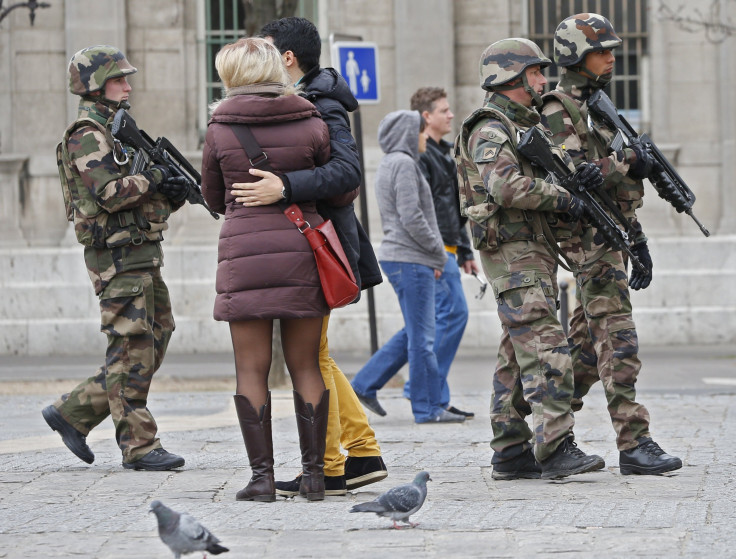Paris Attacks: Weapons Found In 'Getaway' Car

Weapons and fingerprints were found in a vehicle linked to terrorists responsible for Friday’s bloodbath in Paris, French news network BFMTV reported. The car was found abandoned in Montreuil, an eastern suburb of the French capital.
French security authorities have so far detained six relatives of the first identified Paris attacker, Omar Ismail Mostefai, and are working with investigators in Belgium, Germany and Greece to identify the others. There is no indication yet that French authorities had any advance warning of the attack or its timing.
French investigators have found the second car used in #ParisAttacks, @Europe1 radio reports. https://t.co/HuKdsKy6IN
— David Jolly (@davjolly) November 15, 2015In the aftermath of the series of coordinated attacks on multiple locations, security experts around the world are questioning how such an elaborate attack was planned and executed without alerting the French security agencies -- known to have some of the world’s most intrusive surveillance powers.
After the January attack at the office of French satirical magazine Charlie Hebdo, France has reportedly stepped up security and surveillance -- French legislators voted to boost surveillance agencies powers twice in 2015 -- but there have been two low-level terrorist attacks since.
Christian Leuprecht, professor of political science at the Royal Military College of Canada and senior fellow at the Macdonald Laurier Institute, told Global News that it’s possible the French agencies were overwhelmed by the sheer volume of security work currently being carried out.
“In the aftermath of Charlie Hebdo, we learned that French security services are following some 6,000 people and there’s simply not enough resources to follow 6,000 people 24/7,” Leuprecht said.
While the coming days could see French security agencies answering some unflattering questions, some security consultants blame lax internal borders among EU countries for the rise in such attacks.
French authorities claim to have busted a few terrorist cells this year but luck played a role in a foiling an attack by a heavily armed man on a high-speed train from Brussels to Paris, when two off-duty U.S. military members subdued the shooter.
The alleged shooter in the train attack, Moroccan Ayoub El-Khazzani, 26, reportedly fit the profile of a terrorist returning from Syria, according to intelligence agencies. However, terrorists have reportedly been able to slip through the cracks in the French surveillance apparatus, which has been flooded with potential targets.
Tony Smith, a consultant on global border control, told SkyNews Australia that it is extremely difficult for the EU to track people once they are in Europe because there are no internal borders.
“Once people are on shore then they are free to roam around the Schengen group without further challenge,” he added.
As numbers of refugees streaming into the EU in 2015 rise drastically, officials are reportedly struggling to set an effective screening process in place.
French police officials were quoted on Saturday as saying that a Syrian passport was found on the body of one of the suicide bombers at the Stade de France.
© Copyright IBTimes 2024. All rights reserved.





















